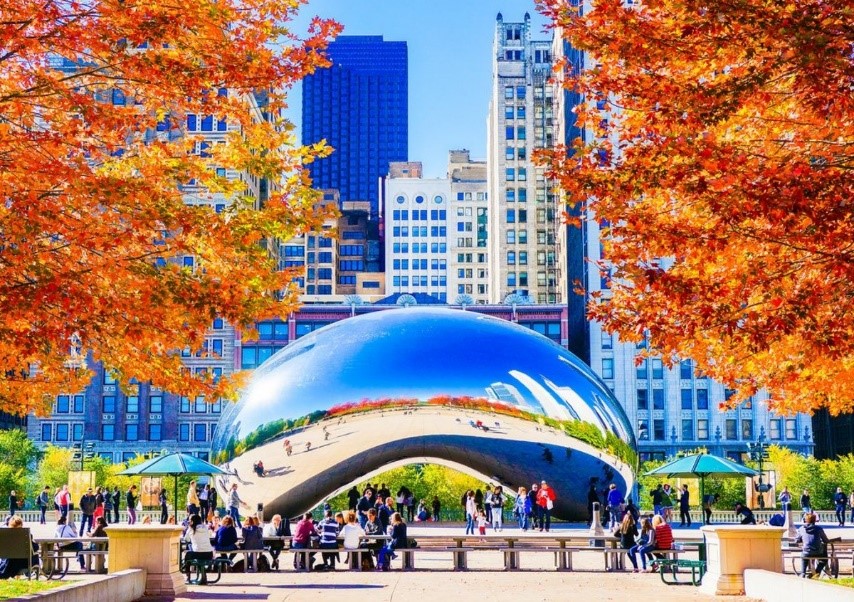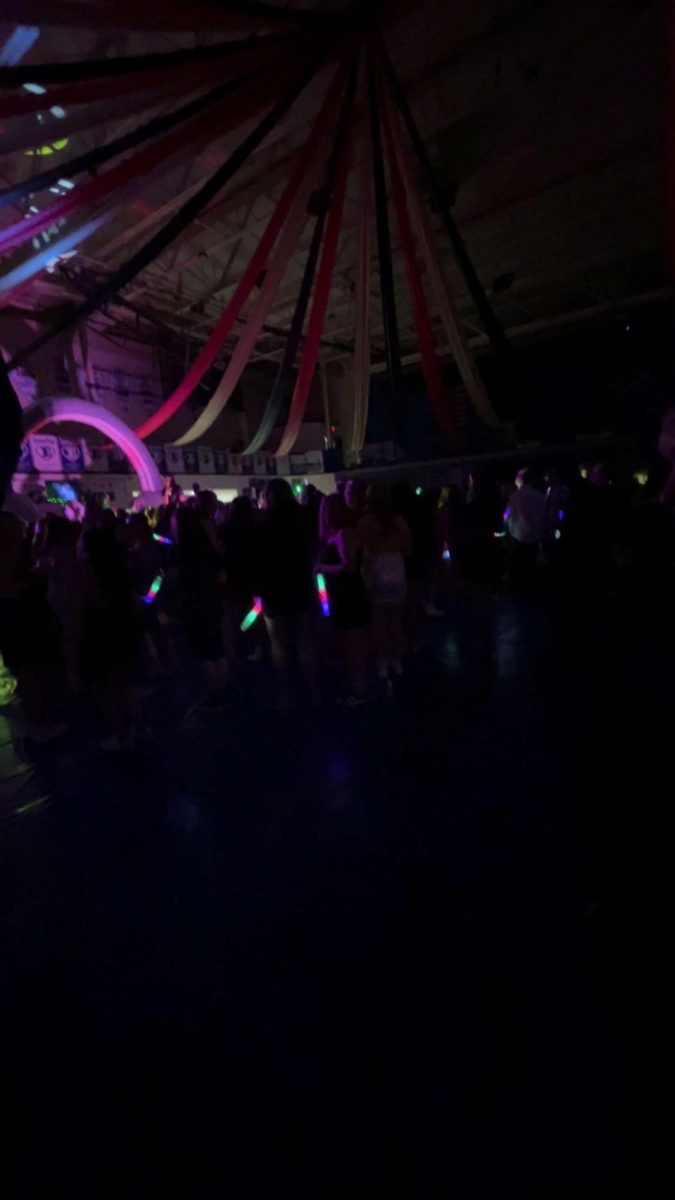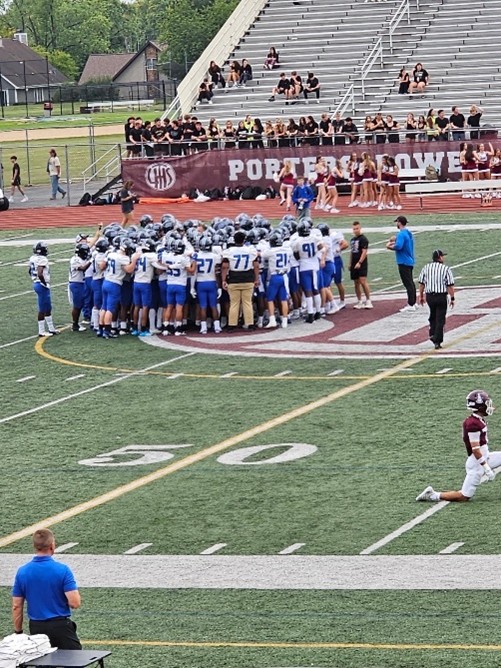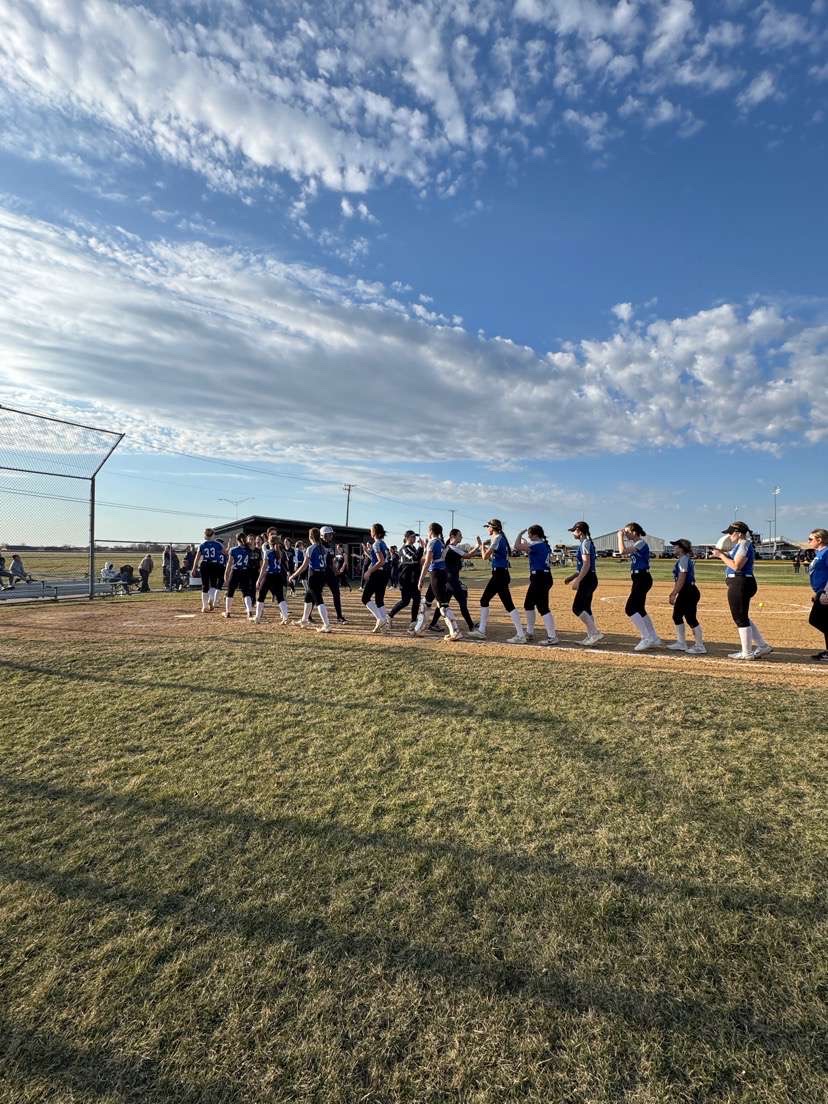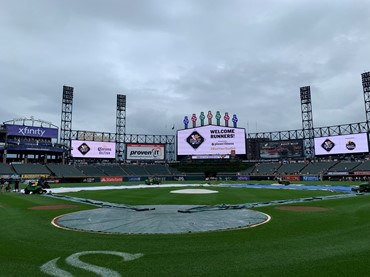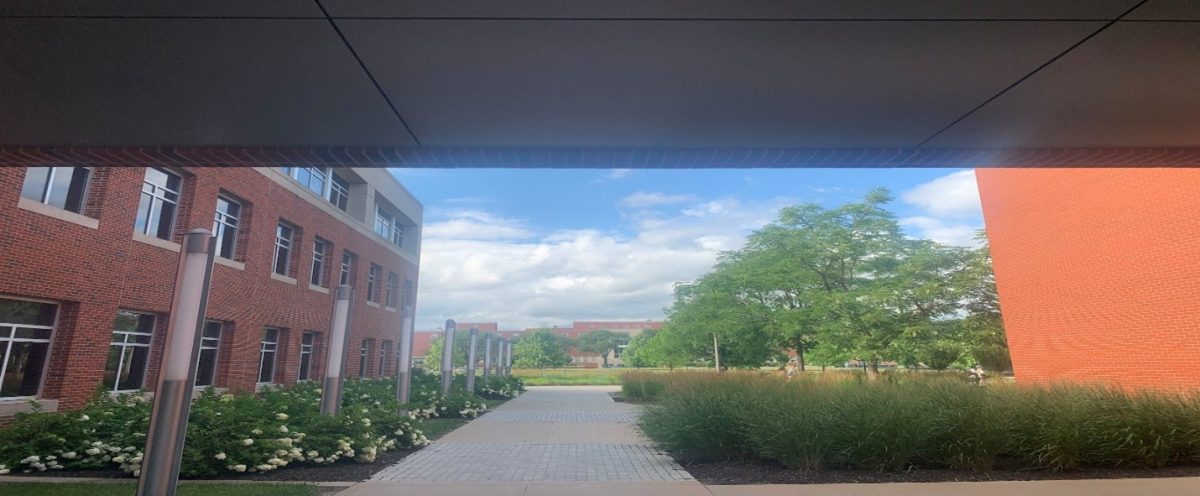There’s a video on Instagram of my entire theatre troupe reacting to the reveal of our show’s set, and I’m not in it. That’s because at the time, I was fast asleep. My phone had died. My dad and brother, who usually wake me up, had both fallen asleep, too. With a quick glance at the clock in my room, I figured I’d be maybe fifteen minutes late – it was only noon, after all, the exact time rehearsal began. But then my phone jolted to life, and my heart dropped. I’d utterly forgotten today was the day the clocks sprang forward, and in actuality, it was 1:15. I was over an hour late.
Started in March of 1918 by the U.S. to preserve fuel, Daylight Savings Time has been around for as long as most Americans can remember. With the subject coming up in the current legislature, a few hours of sunlight are the word on everybody’s lips. Yet most Americans don’t even understand the impact it has on daily life or even the true history of it.
“It’s too much of a hassle [to change our clocks back and forth]. I know it was started to help farmers, but that doesn’t really matter now,” says Sam Robinson, a stranger on the street.
Robinson’s claim is commonly echoed, but in actuality, this is untrue. In fact, many farmers are directly opposed to the premise of Daylight Savings Time, for it messes with the scheduling of their work day. If farmers start and end their day at the same time as usual, they’re getting less work done. Similarly, while we as humans understand that we’ve moved back an hour, a cow doesn’t get why it has to wait to be milked. A pig doesn’t get why it has to wait an hour to be fed.
The work day is a huge part of people’s reasonings for being pro or anti Daylight Savings Time. In the 1970s under the Nixon administration, a brief effort was made to shift this schedule to be year round. Though the plan was initially to have the program in place for a solid two years, public backlash led to an early cancellation. Adults were incredibly concerned by the prospect of children going to school in the darkest hours of the day, when the most traffic collisions occurred.
Humans’ internal body clocks aren’t accustomed to Daylight Savings Time, either. According to the American Academy of Sleep Medicine, our circadian rhythms are thrown off by the change in times. This can cause what’s colloquially known as ‘social jet lag’, leading to increased obesity and cardiovascular disease.
Not only does Daylight Savings Time impact physical health, but it also affects mental health. “It’s depressing to wake up to darkness, especially when I’m a morning person,” Avery Lehman, an incoming University of Iowa freshman complains. Seasonal Affective Disorder is a subtype of depression, another negative effect of social jet lag. A study published in 2014 noted that decreased sunlight often correlated to a decrease in mood. As we shift towards destigmatizing mental illness, further encouraging the Sunshine Protection Act, a bill in the House of Representatives to make Daylight Savings Time permanent, will harm the most vulnerable amongst us and fuel already existing health problems.
Sleep, however, is what would be most impacted by a permanent shift in times. California has tried to pass a bill initiating year-round Daylight Savings Time more than once in the past couple of years, yet it hasn’t had much movement. This bill, too, has been brought up in Congress in the past. Health experts continue to combat this idea because of the impact light has on sleep schedules. Humans thrive in the daylight and succumb to slumber due to the body’s production of melatonin, which is naturally released as the world is blanketed in darkness each night. By prolonging the sunset, sleep schedules are consistently messed up. The body’s clock is set to standard time, and the repeated shifting only ruins this.
Opinions on the time shift are often rooted in the smallest of preferences, and there are certainly people who discuss this topic with a burning passion. In our random survey of 29 people, we encountered a few people with strong opinions on the matter, with 18 people preferring Daylight Savings Time to standard time. Most people we surveyed either didn’t know what we were talking about or didn’t care much – if at all. On the whole, a distinct sense of apathy permeates the public regarding the subject. In a survey published by YouGov, 38% of people said they didn’t care about the shift back to standard time. The same statistics show that 63% of people resent the annoyance of changing the clocks – yet most of the public knows little about the impacts of the time change. It’s simply personal preference; it’s inconvenient to adjust to the shift every year, and it’s inconvenient to go back and forth like a tennis match.
In my home state of Illinois, lawmakers are already calling upon the current administration to initiate year-round Daylight Savings Time. But that’s not the only state calling for change. 5 states are all seeking to enact this same decision. On the contrary, 15 states have all introduced bills trying to make standard time – well, standard – or completely exempt the state. Other states have conflicting bills.
Due to a plethora of misconceptions, it’s best to do the research on Daylight Savings Time. Scientifically, it’s been proven that standard time is more beneficial in large. The Trump administration repeatedly calls to enact the Sunshine Protection Act because of inconvenience and cost – but the health detriments cannot be ignored.




